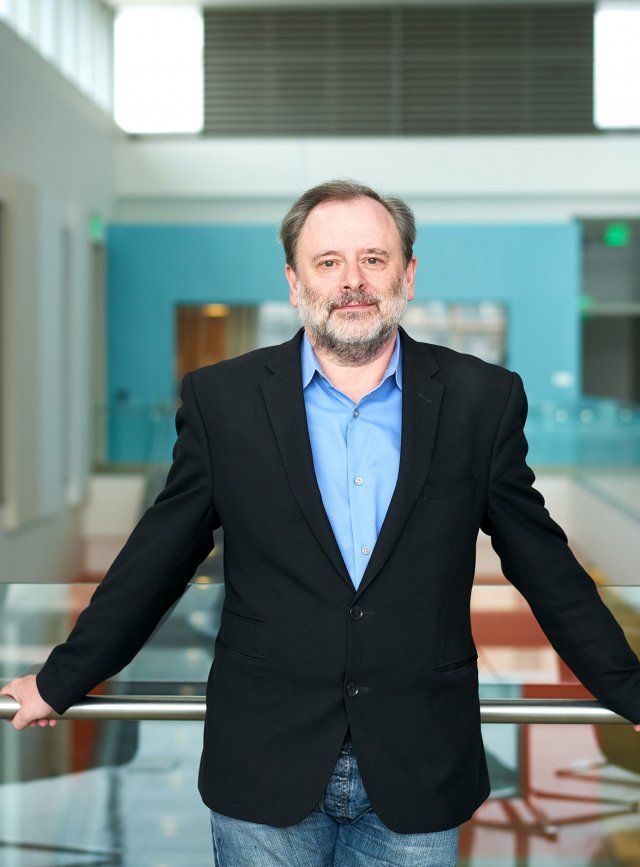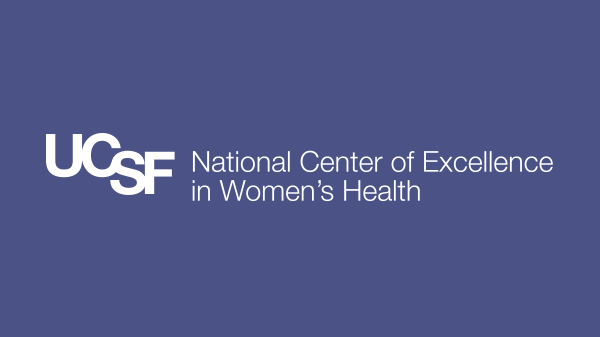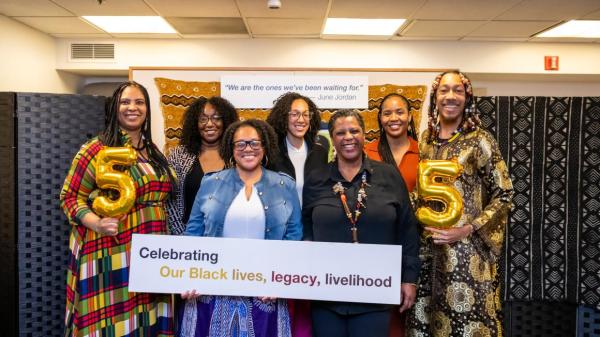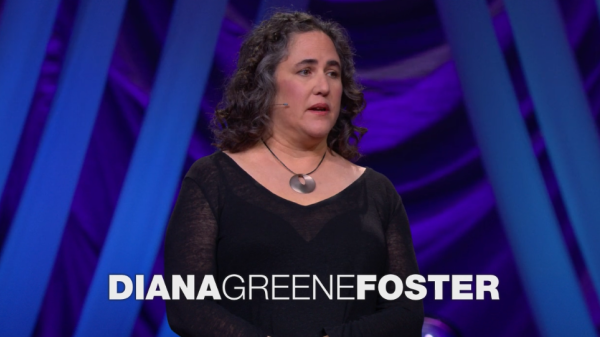Investments Totaling $250M Have Catalyzed Research and Clinical Trials Across Many Disciplines
By Ariel Bleicher and Cyril Manning
UC San Francisco is launching a new initiative to propel the development of living therapeutics – a category of treatments broadly defined as human and microbial living cells that are selected, modified, or engineered to treat or cure disease – and bring them quickly to patients.
The Living Therapeutics Initiative (LTI) will bring together UCSF’s vast scientific and clinical expertise to accelerate research and quickly advance promising therapies to clinical trials for patients who have few, if any, good treatment options. As a federation of established UCSF initiatives, the LTI will allow disparate research and clinical programs to share information, tools and platforms. Early this fall, the initiative will launch a $50 million grants program, made possible by philanthropy, to fund UCSF faculty living-therapeutics projects.
“The Living Therapeutics Initiative creates a seamless continuum from the earliest stages of discovery all the way through to patient treatment in our hospitals,” said UCSF Chancellor Sam Hawgood, MBBS. “This process will span discovery, translational development, manufacturing therapeutic products, executing clinical trials, and securing regulatory approval for novel therapeutics. It will transform how we approach some of the most difficult diseases.”
The Living Therapeutics Initiative creates a seamless continuum from the earliest stages of discovery all the way through to patient treatment in our hospitals.”
CHANCELLOR SAM HAWGOOD, MBBS
Over the past few years, UCSF has raised philanthropic gifts and made institutional commitments totaling more than $250 million to support living therapeutics-related efforts across the University.
A New Paradigm
Living therapeutics have been called a “new third pillar” of medicine, following small-molecule drugs (relatively simple compounds that can be chemically manufactured) and biologics (proteins and other molecules synthesized within microorganisms or cells).
CAR-T-cell therapies, which were among the first living therapeutics, have already proven lifesaving for patients with certain blood cancers. “These advances can be replicated in other disciplines, and modification of cells to deliver these therapies is going to become a major new modality for many, many diseases,” said Alan Ashworth, PhD, FRS, president of the UCSF Helen Diller Family Comprehensive Cancer Center and chair of the LTI steering committee.
Researchers across UCSF are already building the next generation of cellular therapies to treat diseases including solid tumors, autoimmunity, neurodegeneration, diabetes and infectious diseases. These therapies will be smarter, safer, and more effective than CAR-T, thanks to recent breakthroughs in cell engineering and gene editing.
“The whole idea of living therapeutics is to take advantage of normal cellular processes and make them more efficient,” said Michelle Hermiston, MD, PhD, clinical director of the UCSF Pediatric Immunotherapy Program. “But there often is a big gap between what happens in the lab and what gets to the patient. With the LTI, we’re leveraging the scientific community at UCSF to bring new and novel therapies to kids and adults that they can’t get anywhere else. We’re at a point where these therapies are going to revolutionize how we treat disease.”
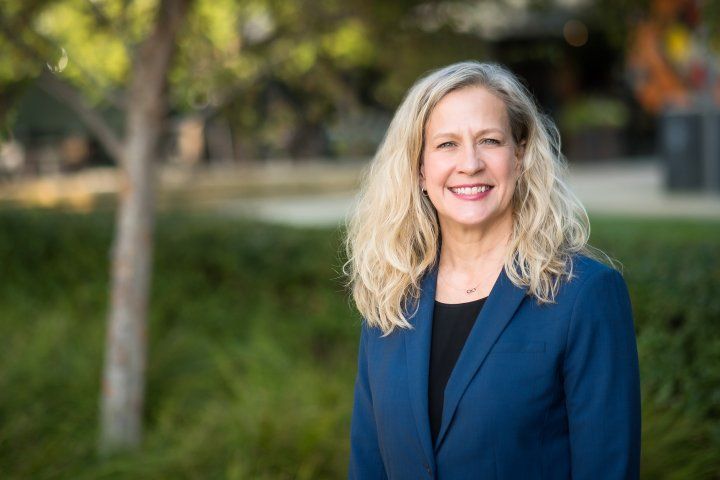
Michelle Hermiston, MD, PhD: “With the LTI, we’re leveraging the scientific community at UCSF to bring new and novel therapies to kids and adults that they can’t get anywhere else. We’re at a point where these therapies are going to revolutionize how we treat disease.” Photo by Marco Sanchez
A number of these therapies could be realized in clinical trials with astonishing speed. One example is CAR-T therapies for solid tumors that have so far proven difficult to treat. Researchers and clinicians at UCSF are working together to develop CAR-T therapies for brain tumors. “The science behind these efforts is at an advanced stage, and the cellular product is primed for production in UCSF’s new cell-manufacturing facility as soon as it is up and running,” said Ashworth.
Heritable disorders caused by single-gene mutations are also a prime target for living therapeutics. Clinical trials of CRISPR therapies for sickle cell disease, for example, are already underway at UCSF Benioff Children’s Hospital Oakland. Researchers are also using CRISPR to cure severe combined immunodeficiency syndrome and repair a genetic mutation in T cells that causes immune deficiency.
Such cell therapies could even be used in utero to treat diseases before birth. Pediatric and fetal surgeon Tippi MacKenzie, MD, is running the world’s first clinical trial using blood stem cells transplanted before birth. In this trial, the cells are donated by the mother and transfused into her fetus to treat alpha thalassemia major, a fatal blood disorder. Future therapies might genetically edit a fetus’s own cells to repair the mutation that causes the disease.
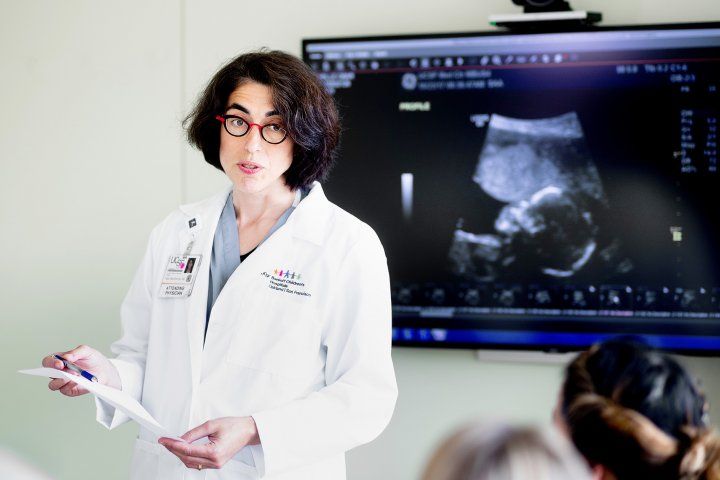
Tippi MacKenzie, MD: “Right now, UCSF has amazing expertise in the basic science of stem cell biology, and we have world-class clinical capabilities at UCSF Health. The Living Therapeutics Initiative is bringing these pieces together.” Photo by Noah Berger
“This is a transformational time in medicine,” said MacKenzie, co-director of the UCSF Center for Maternal-Fetal Precision Medicine. “Right now, UCSF has amazing expertise in the basic science of stem cell biology, and we have world-class clinical capabilities at UCSF Health. The Living Therapeutics Initiative is bringing these pieces together.”
Further down the line, cell therapies may be used to restore or regenerate tissues that have been damaged by aging or disease. Such applications might include restoring cardiac function, regenerating neurons, and even engineering immune cells to treat HIV and other infectious diseases, particularly for immunocompromised patients.
“We’re just at the infancy of cell engineering – hacking the genome of cells and getting them to behave in controllable ways,” Ashworth said. “It’s like a computer’s operating system. The early ones were clunky and didn’t work so well, but now they’re incredibly sophisticated. That’s the trajectory we’re on.”
We’re just at the infancy of cell engineering – hacking the genome of cells and getting them to behave in controllable ways. It’s like a computer’s operating system. The early ones were clunky and didn’t work so well, but now they’re incredibly sophisticated. That’s the trajectory we’re on.”
ALAN ASHWORTH, PHD, FRS
Chair of the Living Therapeutics Initiative Steering Committee
Not all living therapeutics are derived from human cells, however. “We now understand that we also have trillions of microbial genomes within us that affect our bodies’ function,” said Susan Lynch, PhD, director of the UCSF Benioff Center for Microbiome Medicine. “We can manipulate the composition and activities of these microbial genomes in ways that will lead to better health overall.”
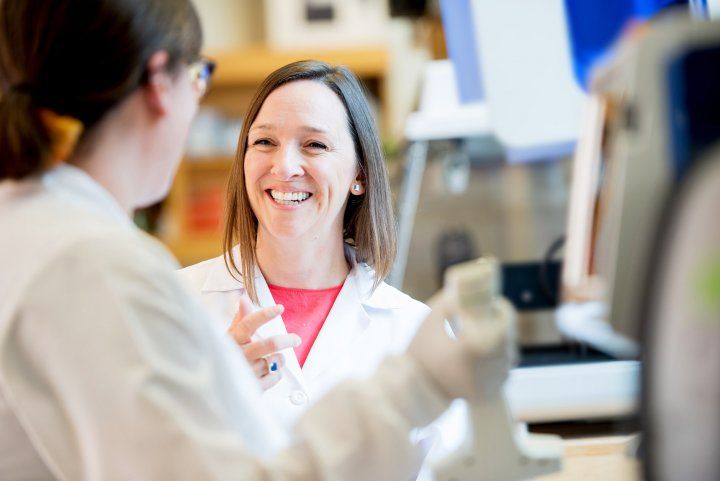
Susan Lynch, PhD: “We now understand that we also have trillions of microbial genomes within us that affect our bodies’ function. We can manipulate the composition and activities of these microbial genomes in ways that will lead to better health overall.” Photo by Barbara Ries
Faculty members engaged in microbiome research across campus have demonstrated the tremendous potential of microorganisms isolated from the human gut and elsewhere in our bodies as therapies for a wide range of diseases. For example, microbial dysfunction in the infant gut – characterized by the enrichment of particular microbial genes and their products – drive immune dysfunction and can be used to predict the development of allergy and asthma in childhood.
Perturbed microbial ecosystems across the human body have been linked to autoimmune disease, metabolic syndromes such as obesity and diabetes, skin diseases, and even multiple sclerosis. Gut microbes can also produce and contribute to drug metabolism influencing pharmacologic function and bioavailability, opening up the possibility of microbial pharmacology as a key component of precision patient treatment.
Bringing It All Together
The LTI will connect tools and expertise from across the ecosystem of UCSF initiatives and partner institutions working to advance cell-based therapeutics.
These initiatives and institutions include clinical services at UCSF Medical Center and UCSF Benioff Children’s Hospitals; the Chan Zuckerberg Biohub; the Gladstone-UCSF Institute of Genomic Immunology; the Innovative Genomics Institute; the Parker Institute for Cancer Immunotherapy; and UCSF’s Bakar Computational Health Sciences Institute, Bakar ImmunoX Initiative, Benioff Center for Microbiome Medicine, Cell Design Institute, and Eli and Edythe Broad Center of Regeneration Medicine and Stem Cell Research. Most recently, UCSF announced a partnership with Thermo Fisher Scientific for the co-development of a specialized facility for making cell-based immunotherapies and other cell-therapy products.
Living Therapeutics Steering Committee
In addition to Alan Ashworth as chair, steering committee members include:
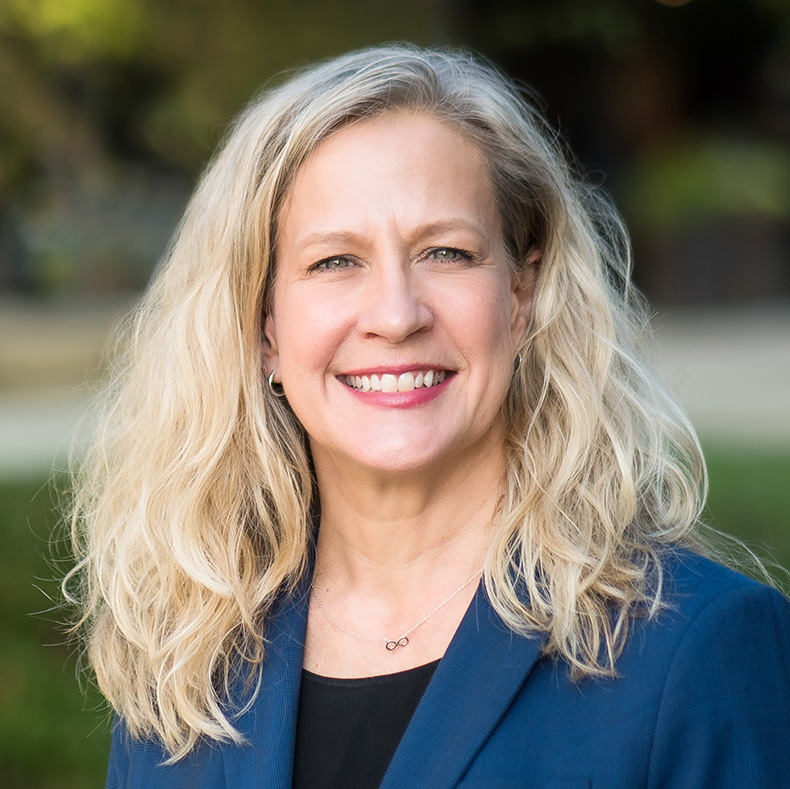
Michelle Hermiston, MD, PhD, clinical director of the UCSF Pediatric Immunotherapy Program
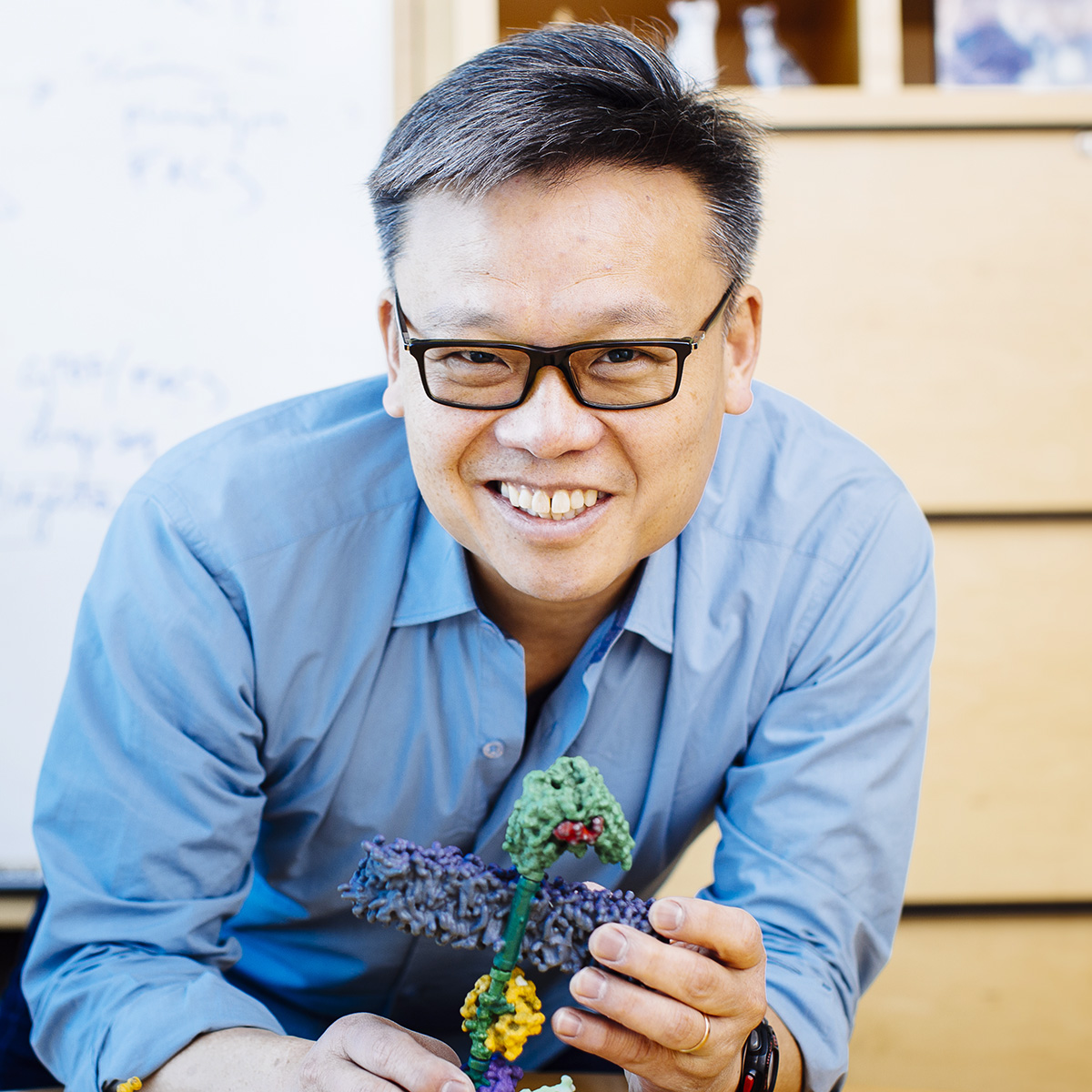
Wendell Lim, PhD, chair and Byers Distinguished Professor of cellular and molecular pharmacology; director of the Cell Design Institute
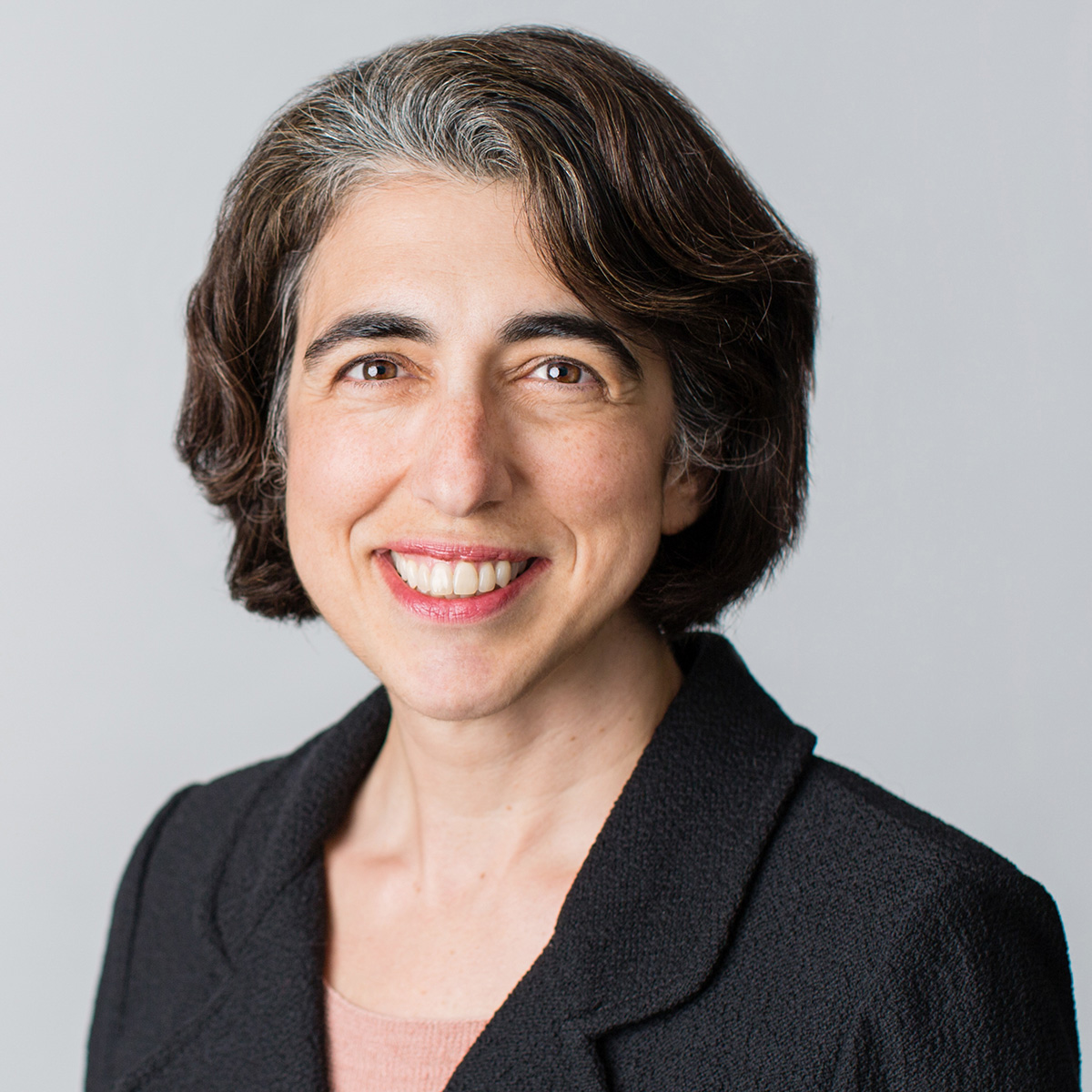
Tippi MacKenzie, MD, co-director of the UCSF Center for Maternal-Fetal Precision Medicine; pediatric fetal surgeon
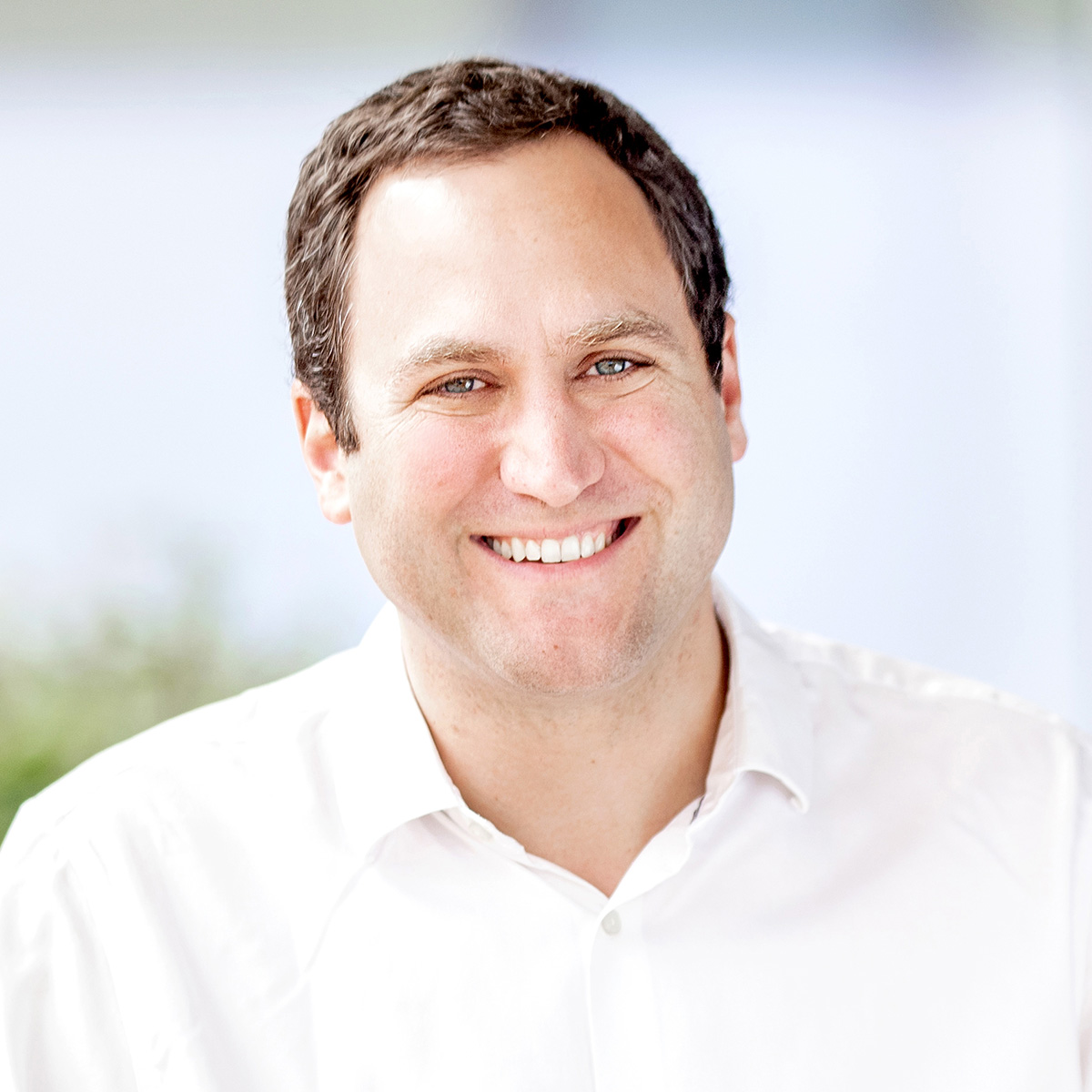
Alex Marson, MD, PhD, director of the Gladstone-UCSF Institute of Genomic Immunology
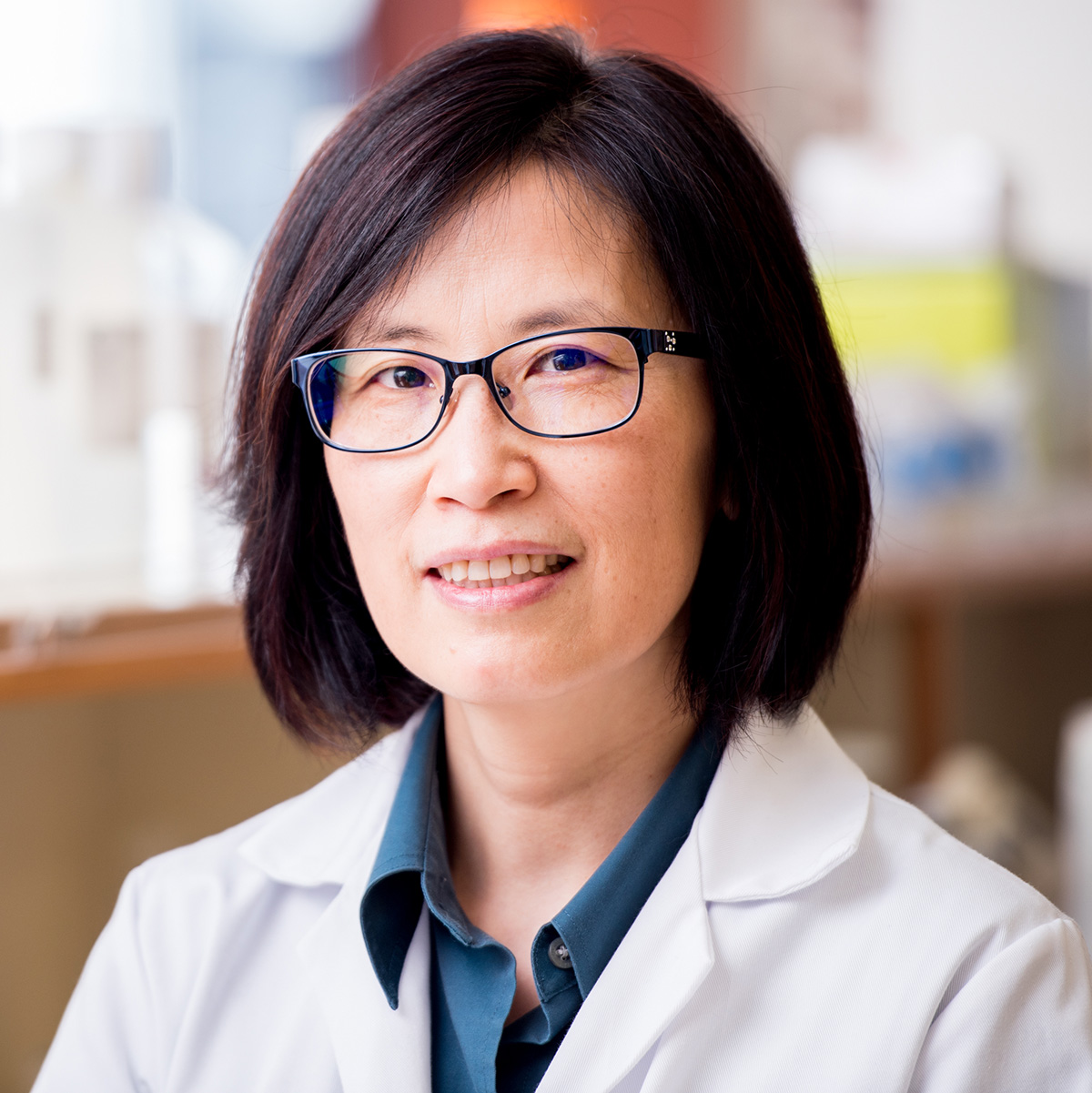
Qizhi Tang, PhD, immunologist and Director of the Department of Surgery’s Transplantation Research Lab
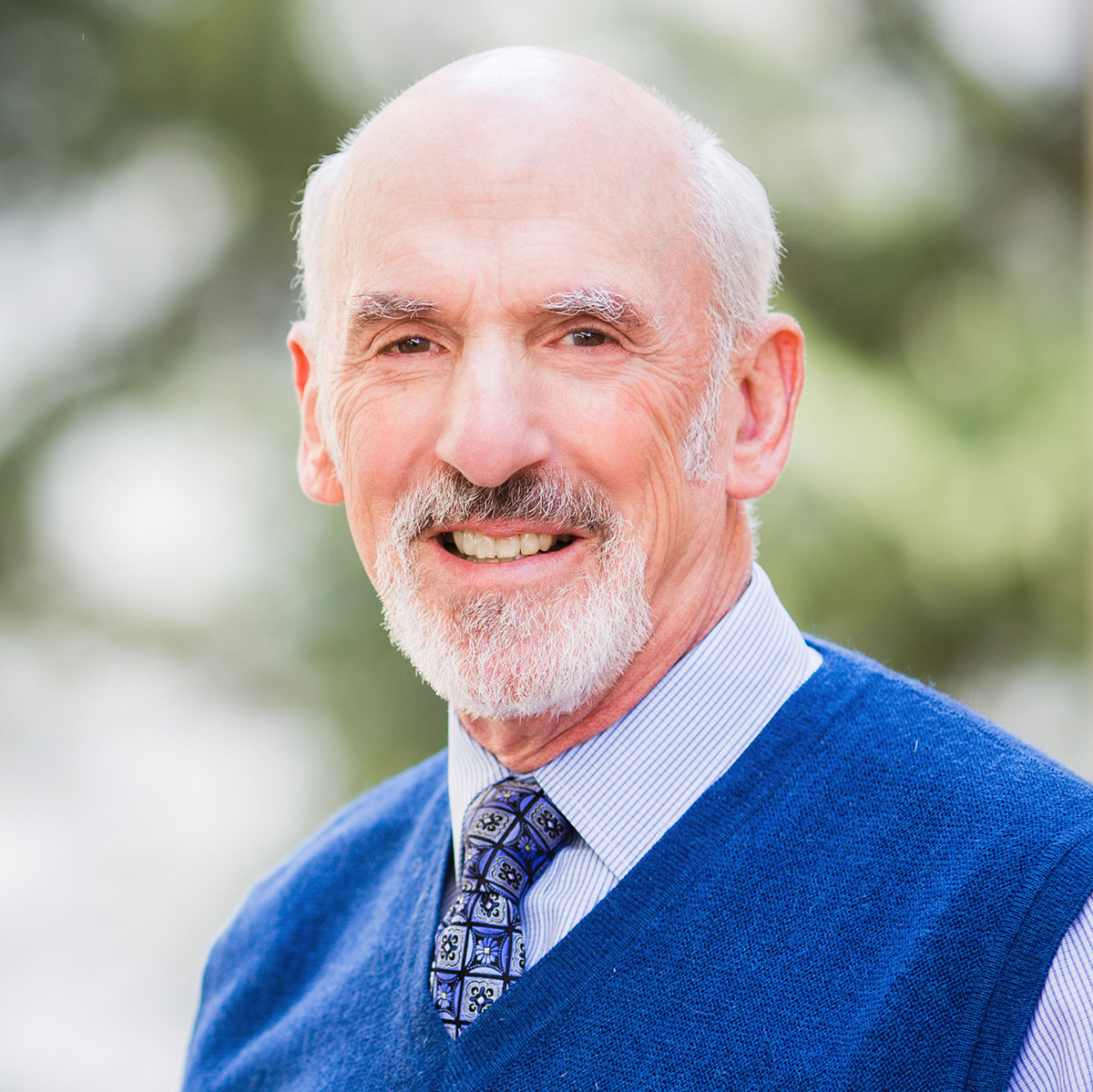
Jeffrey Wolf, MD, director of the UCSF Helen Diller Family Comprehensive Cancer Center’s Myeloma Program
In addition to administering the $50 million in funding through an internal grant process, the LTI steering committee will help with coordination and strategy, such as thinking through regulatory issues, submitting applications to the U.S. Food and Drug Administration, and designing and evaluating clinical trials. Their evaluation of funding proposals will prioritize high-need, high-impact projects designed to lead to clinical trials.
“We’ll be funding new ways of engineering cells for therapeutic benefit as well as the mechanics of getting those cells into the clinic,” Ashworth said. “We’ll learn from the clinical trials and then go back into the lab to design better versions of these therapies, iterating rapidly between lab and clinic. That’s at the heart of the Living Therapeutics Initiative.”

